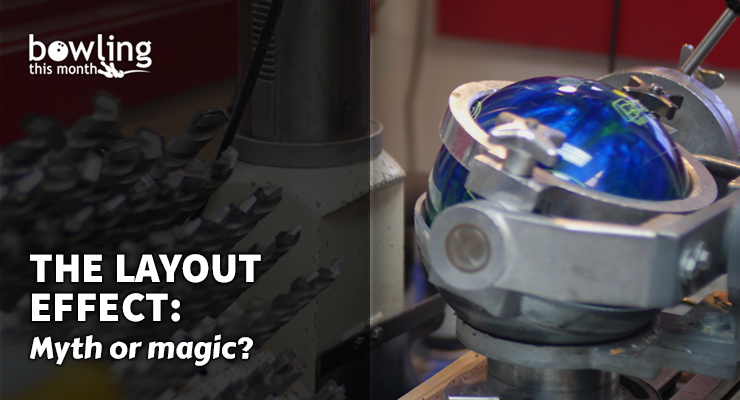In our travels, it appears more and more that there is an underlying confusion as to how much effect layouts truly have on ball reaction. In visiting numerous pro shops, bowling forums, and informational websites, it is apparent that bowlers believe there is such a thing as a “magic” layout that can compensate or overcome a bowler’s lack of ability, compensate for a bowler’s lack of versatility, or create certain ball rolls.
We hear certain types of questions posed all the time to manufacturer reps, pro shop operators, and even fellow bowlers just hanging around the pro shop:
- “What layout do you have on your new ball?”
- “What layout should I put on my new bowling ball?”
- “I’m bowling on pattern XYZ. What layout will work best?”
- “What layout will create good length and back end on heavy oil?”
The intent of this article isn’t necessarily to give answers to these kinds of questions. Instead, the intent is to determine if these are in fact the right questions to be asking to begin with. Unfortunately, too many people choose to look at the bowling ball from the inside (core) to the outside (surface), instead of from the outside to the inside.
Before we begin, let’s start with an important disclaimer: when it comes to creating ball reaction, it is best to keep in mind that the largest influence on ball motion is the bowler and his or her attributes. A bowling ball in a static state creates nothing. It is the bowler that creates ball motion and the bowling ball is a tool or enhancer of what is created by the bowler.
To help decipher some of the myths about layouts, let’s look at the basics of what really enhances a bowling ball’s reaction and motion.
Lane conditions
In gauging ball reaction, keep in mind the impact that the playing field creates. The oil pattern impacts the ball’s motion and can mask its true reaction due to the ratio of conditioner to friction, the placement of the conditioner, and the built-in paths created by this placement. The biggest cause and effect relationship between lane conditions and ball reaction relates to the amount of built-in friction provided by the lane condition. This varies significantly between typical house conditions and flatter sport conditions.
Typical house conditions (left) have a larger build-up of oil toward the middle of the lane and a lower volume on the outside boards, creating free hook. Tougher, flatter sport-type conditions (right) have a 3:1 or lower ratio of oil side-to-side, with less oil in the middle and no built-in friction to the outside.
A good analogy to consider is a golf course under normal conditions versus that same golf course with the addition of weather and its effect on the course and on the path of the golf ball. Shots are affected once you add wind to alter direction and distance, rain to alter ...
This article is only available to Bowling This Month subscribers. Click below to get instant access to this article and all of our other premium instructional content.
Subscribe to Bowling This Month
Already a Bowling This Month subscriber? Click here to log in.
